The World's 10 Most Traded Currencies
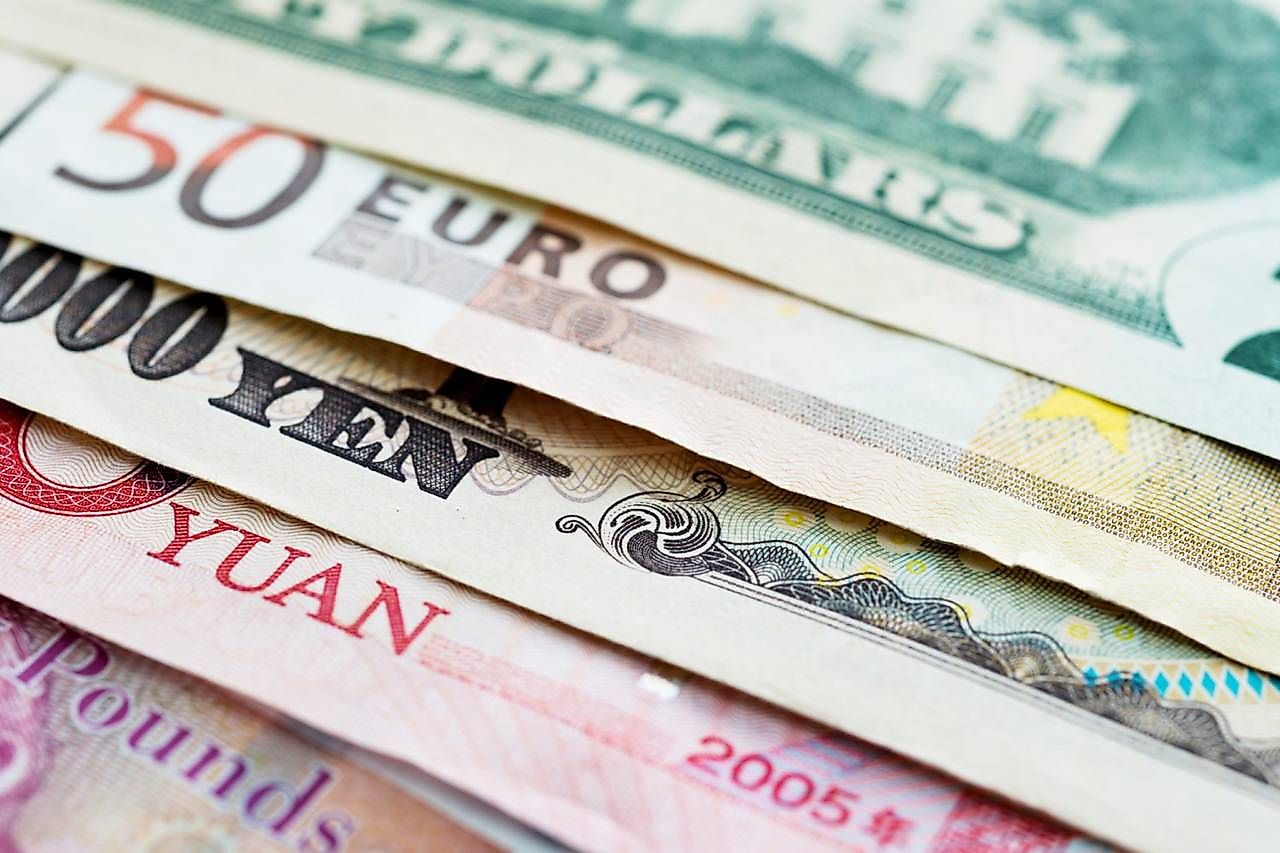
- Currency exchange (forex trading) is a profitable business because so many people, businesses, and organizations engage in it every day.
- Forex trading is as simple as converting one currency to another.
- Most world currencies were once tied to the value of gold, but this changed after the 1930s.
Foreign exchange trading, or forex trade, is a lucrative business that involves the exchange of currency between millions of people, businesses, and entities. Transactions can be as simple as exchanging a few dollars for local currency during travels. Likewise, forex can be as complex as investing in large businesses or depositing money in foreign bank accounts.
The Birth Of Forex Trading

In the 20th century, countries used to peg their currency to the gold standard. This meant that a country’s currency was directly tied to the value of gold. The system was popular because it meant that with gold-backed currency there were fewer chances that incompetent individuals could mess up currency exchange rates.
However, the United Kingdom stopped using the gold standard in 1931, and the US did the same two years later. Governments developed what is called the fiat system. Instead of issuing paper money that is backed by a tangible entity such as gold, money is now backed by the government. These changes influenced how international markets interacted with each other.
Globalization, travel, and the Internet made it easier for people to invest in other countries. Though all currencies serve their purpose, there are ten currencies that are more popular than others. They are used for different reasons, and a basic understanding of these currencies can help you better comprehend other types of currency as well.
New Zealand Dollar
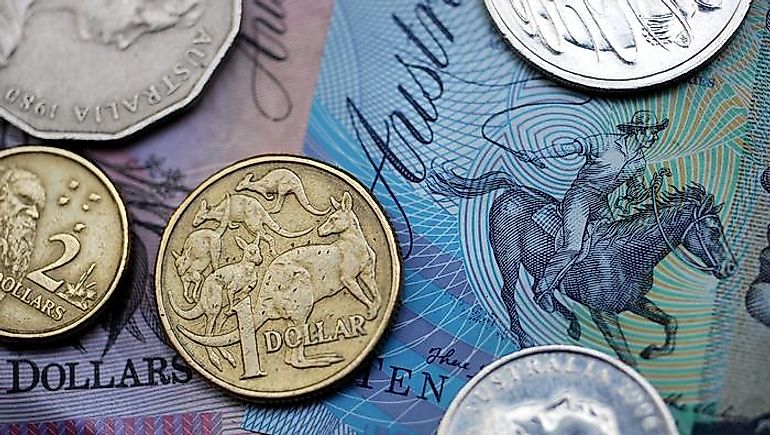
The New Zealand dollar (NZD) is the official currency of New Zealand, the Pitcairn, Cook, Tokelau, and Niue islands, and it is most often exchanged for Australian dollars or US dollars. The NZD was first pegged to the British pound, and then it was pegged to the US dollar until 1985 when the currency stood on its own. Because of its relationship to the United States, the NZD is vulnerable to changes in interest rates set by the US Federal Reserve. In addition, the cost of milk and the number of tourists usually causes the NZD’s value to increase.
Hong Kong Dollar
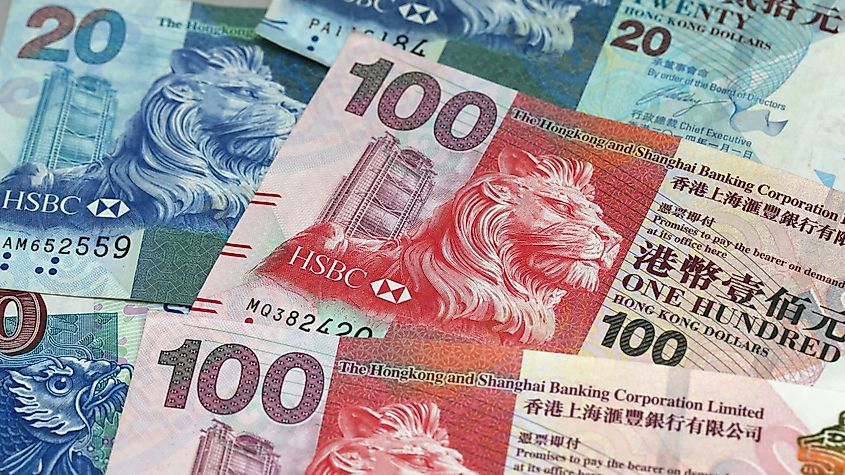
Hong Kong was once a colony of Great Britain, and its early currency systems are indicative of the former colony’s relationship to the UK. In 1863, the British Crown established a mint that would make money just for Hong Kong, but it minted coins that were unpopular with locals. Hong Kong used the Japanese yen as currency during World War II when the Japanese occupied China, and the yen was illegal to use at the end of World War II. In 1972, the Hong Kong dollar was officially pegged to the US dollar.
Chinese Renminbi
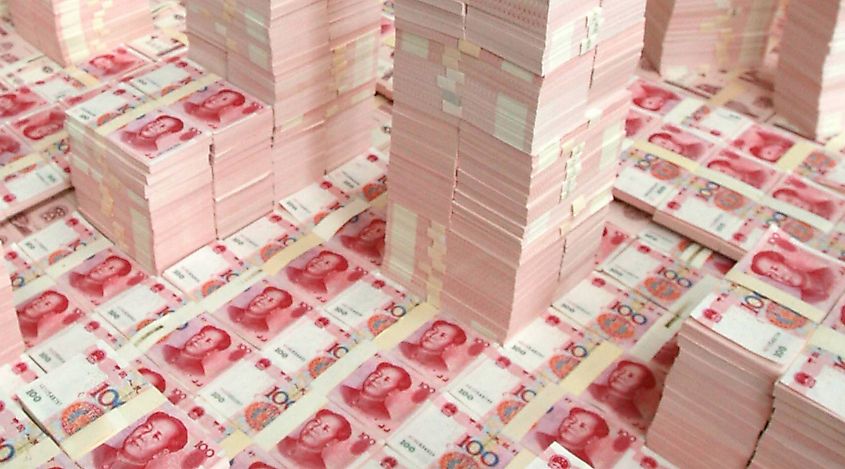
The currency of mainland China confuses people who are not well-versed in forex trade because it goes by two names: yuan and renminbi. Investopedia mentions that the yuan refers to a unit of account, but banks discuss transactions in terms of the renminbi. The Chinese currency has also gone through several ups and downs because of political conflicts with countries that accuse the Chinese government of artificially keeping values low to stimulate trade. However, the International Monetary Fund (IMF) mentioned that the renminbi would become one of its reserve currencies as of 2016.
Swiss Franc
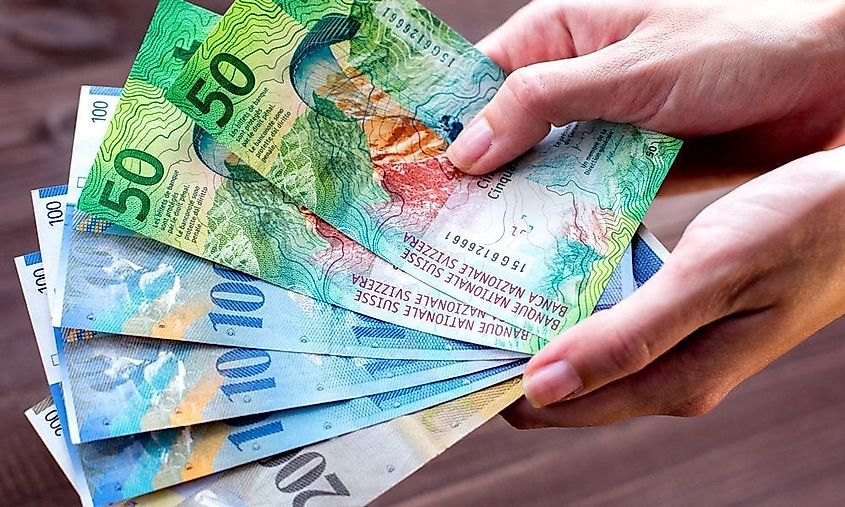
The Swiss franc is the legal currency of Switzerland and was introduced in 1850. At the time, it was pegged to the value of gold. It is popular to buy the Swiss franc during times of economic hardship because it is considered a stable currency. Today the Swiss franc is usually exchanged with the Euro, US dollar, and British pound.
Canadian Dollar
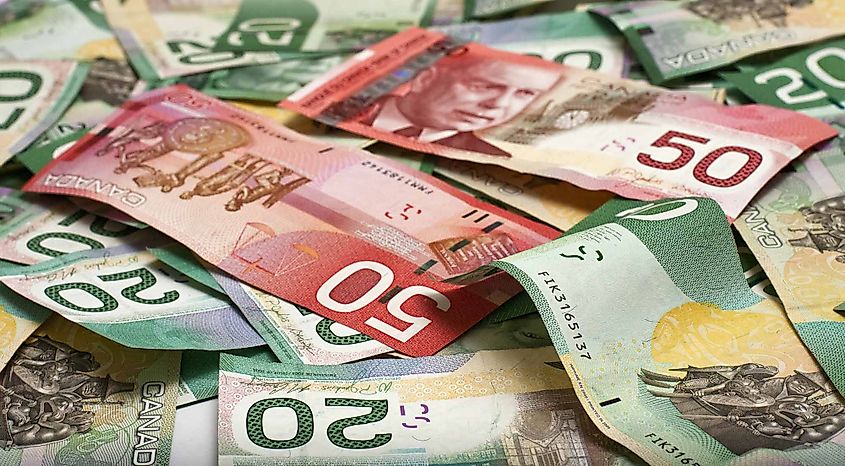
Canada is one of Great Britain’s commonwealth countries, but it stopped using the British pound in 1817. This was a reaction to the strengthening ties with the United States and its growing economic power. Even so, the country was divided about this and several provinces had their own currencies until an 1858 law made the Canadian dollar the country’s only legal tender. Today, the Canadian dollar is one of the top ten most traded world currencies.
Australian Dollar
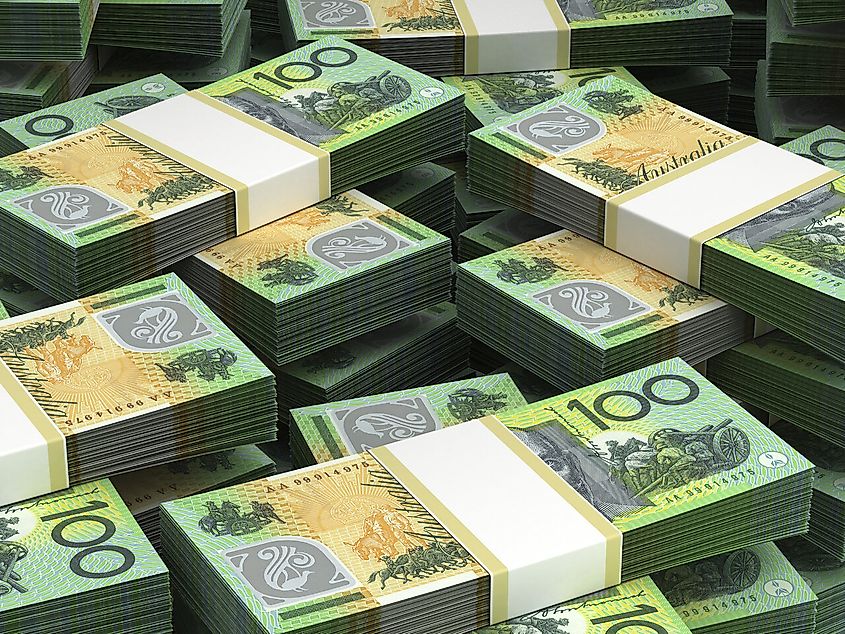
XE explains that the British pound was Australia’s official currency until 1910 when the country created its own currency, the Australian pound. The former currency was pegged to the British pound, and the country switched to the Australian dollar (AUD) in 1966. Because of its high value and stability, it is now the fifth most popular banknote to exchange. The value of the AUD made it a target for counterfeiters, so the Australian government designed notes made of polymer in 1988 to reduce the likelihood of counterfeit production.
Pound Sterling
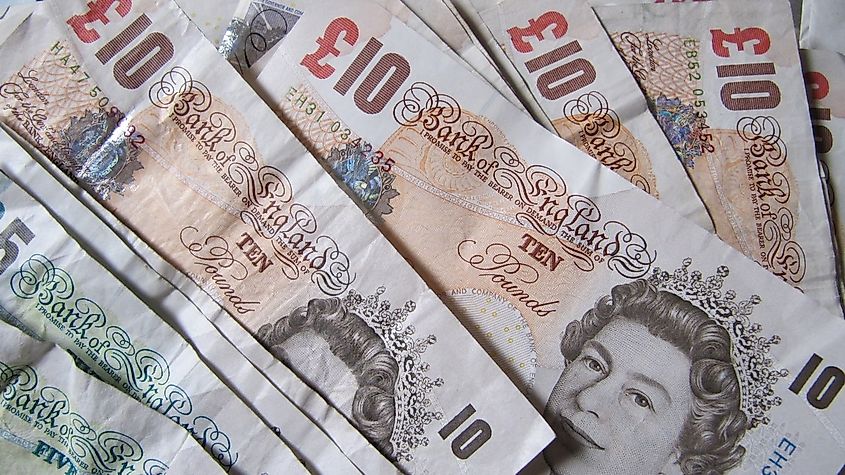
Great Britain has existed for centuries, but the pound sterling was introduced to the country in 1971. The currency is important because its value tends to be stable, which allows investors to have an easier time making decisions as there is little risk involved in trading. Countries around the world tend to hold the pound in high regard, and it is considered a safe reserve currency.
Japanese Yen
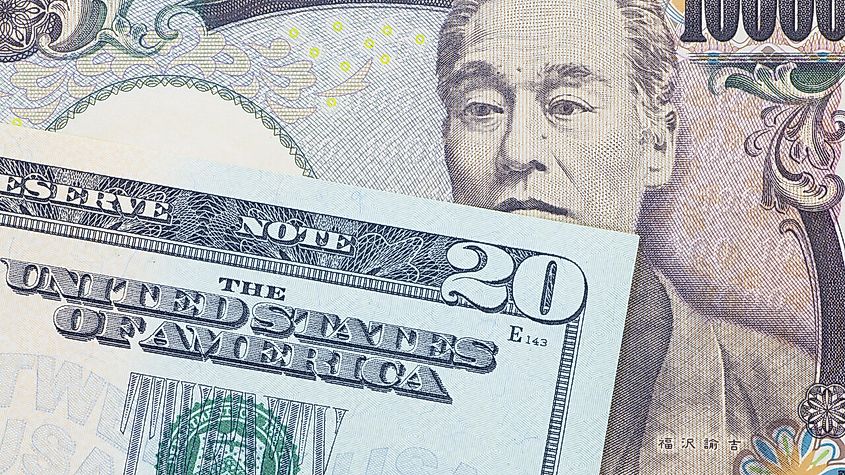
Japan’s national currency is a behemoth in Asia, and investors often observe the state of the yen to get a better perspective on Asia’s economy as a whole. Professional investors also use the yen as a carry trade. Japan is known for its negative interest rate policy, and thus many investors buy yen and later exchange it for currencies that are more valuable, allowing them to make a profit on excess interest. Though the USD is the world’s currency, the status of the yen means it is Asia’s currency.
Euro
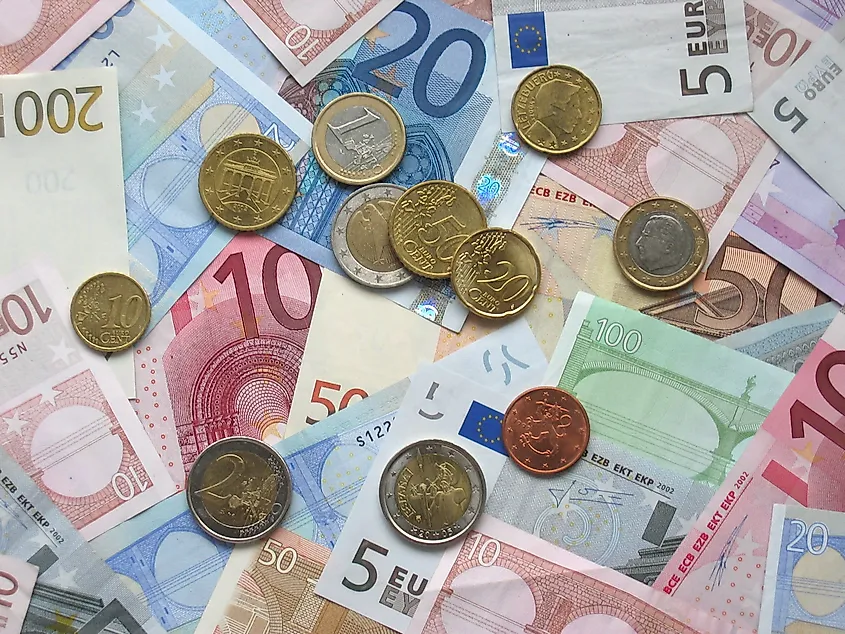
The euro is the second most popular currency to trade in the world despite being relatively new. The European Union made the decision to introduce the euro in 1999, but the currency was not fully adopted until 2002. It quickly became a stable currency, and many countries near the European Union pegged their currencies to the euro because of its value.
The US Dollar

The most widely traded currency in the world is the United States dollar. The US dollar became the world’s currency just before the start of World War I. Its position became official during the 1944 Bretton Woods Agreement. This created a new financial system under which the US dollar would become an official worldwide currency.
US Dollar Strength
President Richard Nixon ended the practice of redeeming dollars for gold because he was not sure if the US had enough gold for all the countries in the world that may someday want to exchange their dollar reserves. In 1973, countries were given the option to peg their currency to other stronger currencies. However, the US dollar remains strong, which explains its appeal as a reserve currency for governments around the world.
The World's Ten Most Traded Currencies
| Rank | Currency | ISO 4217 code (symbol) | % of daily trades (bought or sold) (April 2019) |
|---|---|---|---|
| 1 | United States dollar | USD (US$) | 88.3% |
| 2 | Euro | EUR (€) | 32.3% |
| 3 | Japanese yen | JPY (¥) | 16.8% |
| 4 | Pound sterling | GBP (£) | 12.8% |
| 5 | Australian dollar | AUD (A$) | 6.8% |
| 6 | Canadian dollar | CAD (C$) | 5.0% |
| 7 | Swiss franc | CHF (CHF) | 5.0% |
| 8 | Renminbi | CNY (元) | 4.3% |
| 9 | Hong Kong dollar | HKD (HK$) | 3.5% |
| 10 | New Zealand dollar | NZD (NZ$) | 2.1% |











